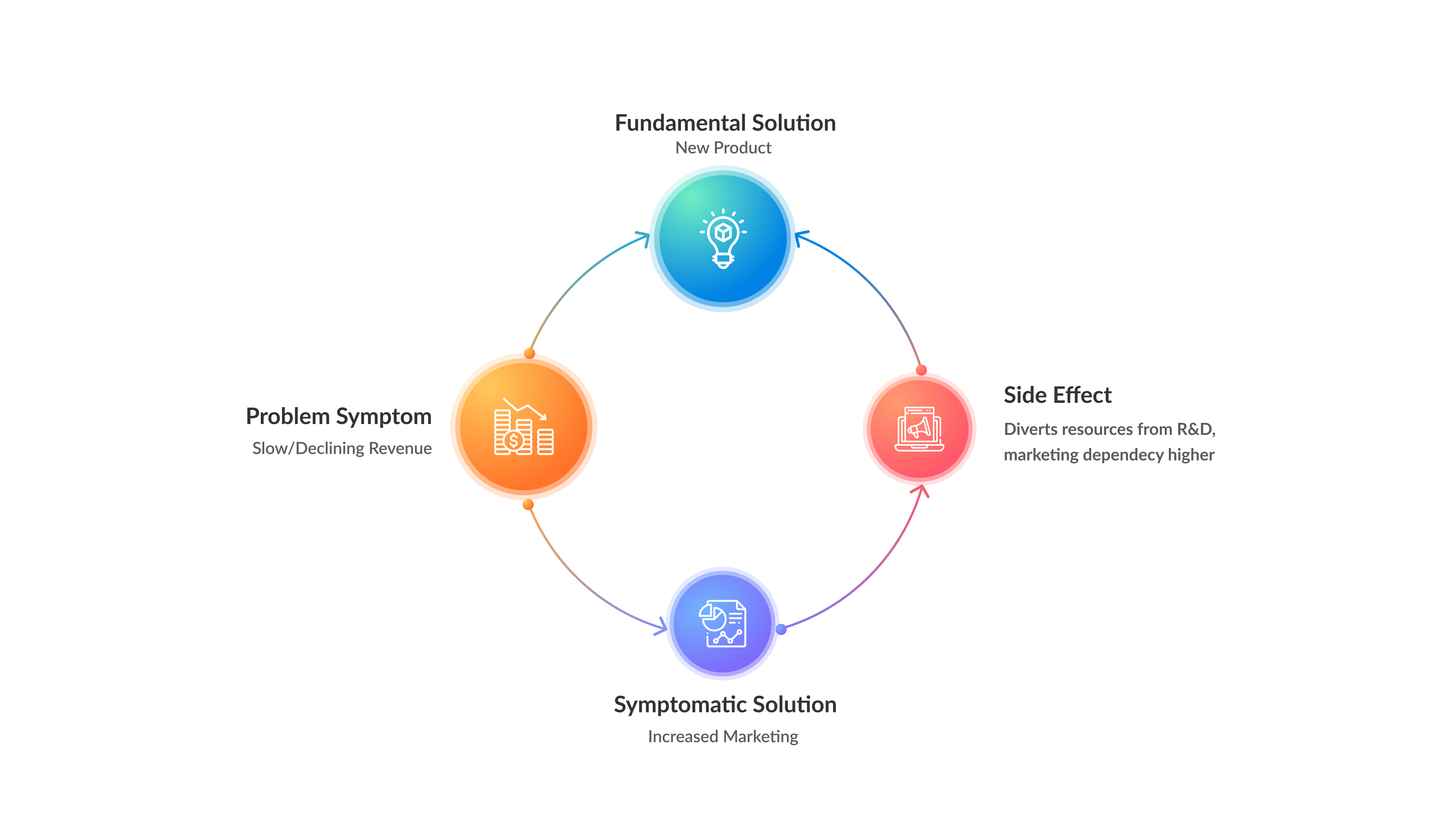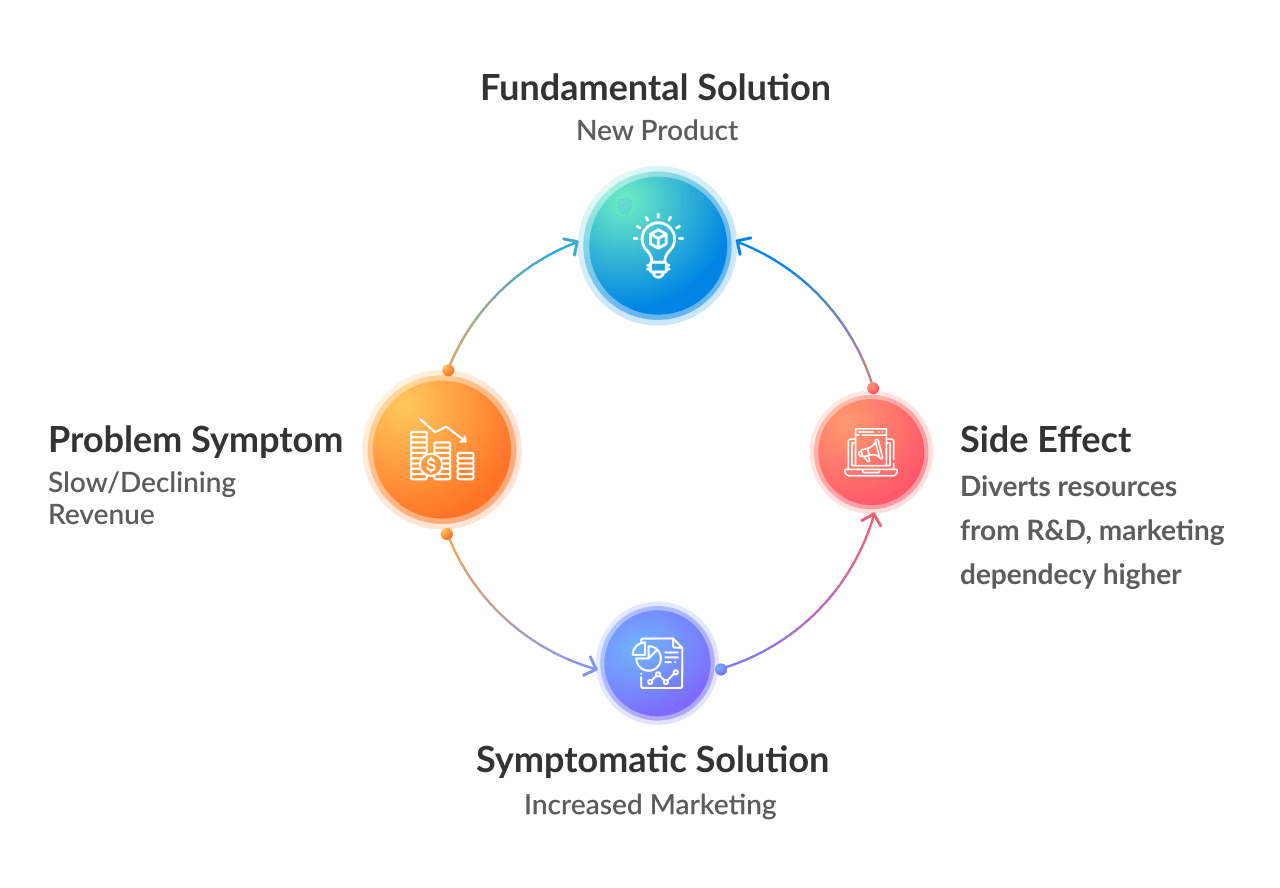

Today most health care is focusing on Telehealth, digital-first, and virtual care solutions, however, with growing buzz these words are no jargon in the present scenario. The pursuit of the healthcare industry after these trends overlooks basic underlines of improved quality, speed, price factors of coordinated patient flow, and synchronized multiple stakeholders for optimum growth.

Healthcare firms are usually stuck with nonstop daily care demands, and operational debt accumulated over the years in form of;

The patient's first mechanism restricts healthcare management to put on the band-aid.
With a band-aid, healthcare providers find a workaround and delay the systematic
approach.
Such band-aids are applied at frequent intervals and it creates side effects on existing
problems.

Quick fixes impact critical aspects governing the sustainability of profits that are lost when it comes to cost control. Rising revenue doesn’t always account for an improved costing mechanism in place. Innovations on all fronts people, process, and technology are the fundamental pillar to overcome these substantial challenges that often get neglected and is continued for years with a similar working mechanism. For example, what approach is taken impacts when it comes to selecting a symptomatic solution or fundamental solution as shown below.



Today the major focus should not only circumscribe to invoke additional digital health solutions but fundamentally strengthen technology architecture from the root to align with future needs. Technology must be used as a force multiplier for the healthcare demands robustness with forward-looking capabilities which come with:

The majority of healthcare do stick with a traditional zoo of software systems where the healthcare domain value is not leveraged which results in
The legacy systems were usually designed in a way how the traditional healthcare operates which results in the foregoing core competency of healthcare from a technology adaptation standpoint.

Today’s healthcare is evolving fast and must demand

We work with ambitious leaders who want to define the future, not hide from it. Together, we achieve extraordinary outcomes.